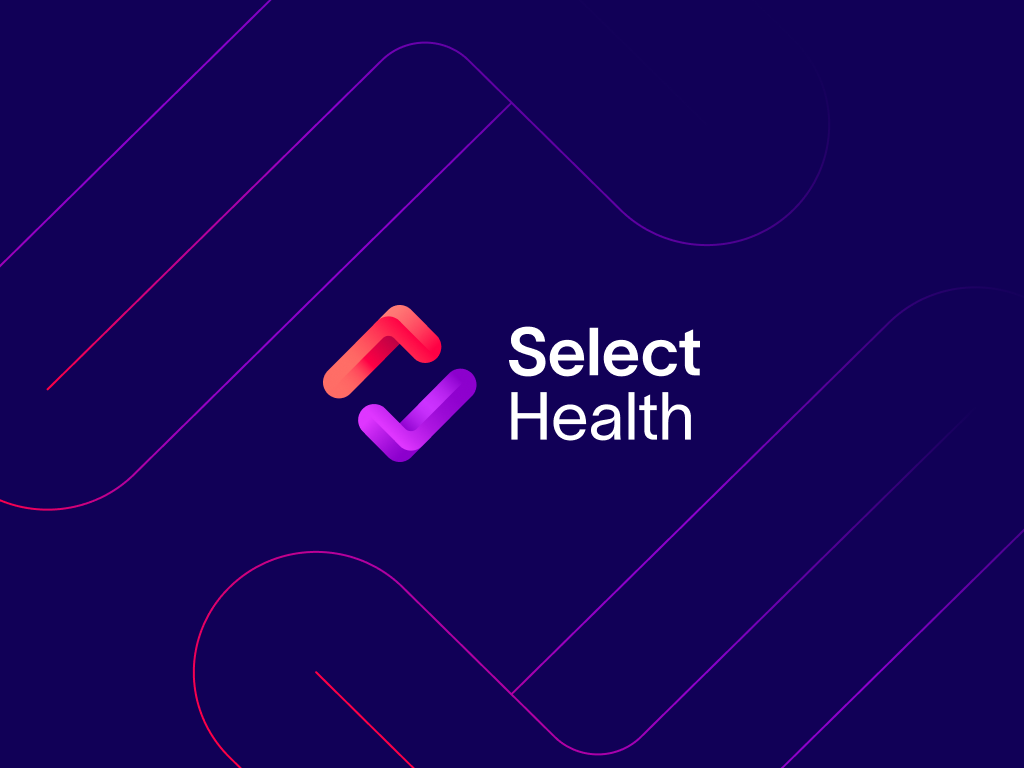The road to a healthier life isn’t always easy. Good habits get sidetracked and willpower ebbs and flows. But starting with a few small changes can help you feel less overwhelmed and more empowered.
The first step is to determine what your goal is. Are you trying to lose weight? Do you want to lower your blood pressure? Do you want to feel better?
Identifying your goal can help you remember why you’re making changes to your normal routine when your motivation starts to lag.
From there, start with manageable changes you can turn into lifelong habits.
Here are six things you can do to live a healthier life in 2025.
WALK MORE
Exercise is a powerful tool for improving your health. The National Institutes of Health (NIH) reports physical activity can help prevent heart disease, cancer, type 2 diabetes and even depression.
When you make goals to move more, you don’t have to start out with an intense workout at the gym every day. Walking is a great way to move your body and prevent disease. Adults need 150 minutes of moderate activity per week, and the NIH says you can even break up these minutes during the day.
For example, if you have back-to-back work meetings, a child’s soccer practice and then homework at night, you might not have enough time to drive to the gym and squeeze in exercise.
By doing 10-minute walks three times a day, you can get the daily 30-minute goal in between your commitments. When you’re at soccer practice, walk around the field a couple times. Take a brisk walk on your lunch break. Park your car at the far end of the parking lot.
It doesn’t have to be a time-consuming and intense workout to increase your physical activity!
WEAR SUNSCREEN
One of the easiest things you can do for yourself is apply sunscreen every day. States in the region are at a high elevation and is sunny most days of the year, which means the risk of developing skin damage is higher.
Dermatologists recommend using a broad-spectrum sunscreen with SPF 30 or higher.
CREATE A BEDTIME ROUTINE
Sleep is critical.
Poor sleep is linked to mental health problems, heart disease, high blood pressure, diabetes, stroke and more.
Going to bed at a reasonable time and getting between 7-9 hours of quality sleep each night is the first step. But proper sleep hygiene is also important.
The CDC gives these tips to help you wind down for bed:
- Go to bed at the same time every night.
- Keep your room quiet and relaxing.
- Turn off your phone, tv, and tablets at least 30 minutes before you go to sleep.
- Don’t eat large meals or drink alcohol before bedtime.
- Eat well and exercise regularly.
If this list seems overwhelming, start with one of these points until you’ve made it a habit. Slowly introduce another until you’ve got your whole routine down.
REDUCE SUGARY DRINKS
If the thought of giving up your iced tea, soda or sugary coffees makes your head spin, start small. The American Heart Association recommends slowly reducing the amount of sugary drinks in your diet.
For example, if you drink a soda every day, consider mixing half of the soda with its sugar-free option version. Over time, add more sugar-free soda until your whole drink is replaced with the diet version.
Of course, the goal is to drink less soda — diet or regular — overall. But by starting small, you can make lifestyle changes that will stick.
EAT ONE MORE VEGETABLE PER DAY
If it seems difficult to get enough veggies into your diet, you’re not alone! When there are so many food options out there, fitting in everything you want to eat in a day can be complicated.
Prioritizing vegetables and fruits is essential for good health. The CDC says healthy eating may help you live longer, have better immunity, and may even reduce your risk of heart disease, type 2 diabetes, and even some cancers.
To sneak more vegetables into your day, consider swapping out your fries at the restaurant for the roasted veggies. Add a side salad to your dinner. Include tomatoes, lettuce and onions on your sandwich.
MEET WITH A PRIMARY CARE PROVIDER
One of the simplest and pain-free things you can do for your health is to meet annually with your primary care provider (PCP). They can help identify any risks you might have for disease, make sure you receive appropriate screenings, and help you achieve your health goals.
Many Select Health plans offer free or low-cost annual preventive visits with a PCP. Browse our different plans to find the coverage you need to stay healthy this year.
Related Articles

